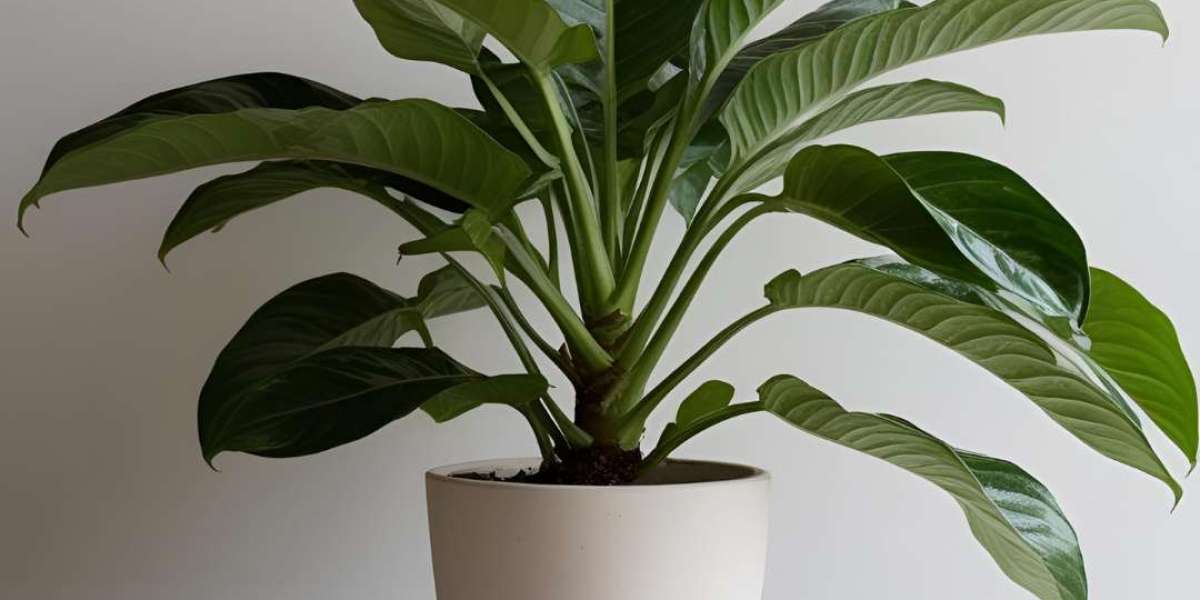Introduction
The Ruda plant (commonly known as Rue or Ruta graveolens ) is a hardy, aromatic herb with a rich history of use in traditional medicine, spiritual practices, and culinary applications. Known for its vibrant green foliage and small yellow flowers, the Ruda plant is prized not only for its beauty but also for its wide-ranging health and protective properties. Whether you're looking to harness its medicinal benefits, incorporate it into rituals, or simply enjoy it as an ornamental plant, understanding how to care for and utilize the Ruda plant is essential.
For an in-depth guide on the uses and care of the Ruda plant, including expert advice, growing tips, and cultural significance, check out our comprehensive resource on Ruda Plant: Uses and Care for This Medicinal Herb . In this article, we’ll explore everything you need to know to cultivate and benefit from this remarkable herb.
What Is the Ruda Plant?
The Ruda plant (Ruta graveolens ) is a perennial shrub native to the Mediterranean region but now cultivated worldwide. It belongs to the Rutaceae family and is characterized by its feathery, bluish-green leaves and clusters of small, four-petaled yellow flowers. The plant emits a strong, pungent aroma that has been described as both bitter and citrusy, which plays a role in its traditional uses.
Key features of the Ruda plant include:
- Medicinal Properties : Contains compounds like rutin, flavonoids, and essential oils with anti-inflammatory, antimicrobial, and pain-relieving effects.
- Cultural Significance : Used in spiritual and protective rituals across various cultures, particularly in Latin America.
- Versatility : Employed in herbal remedies, cooking (in moderation), and as an ornamental plant.
- Low Maintenance : Hardy and drought-tolerant, making it easy to grow in gardens or containers.
According to Herbal Medicine Journal , the Ruda plant has been used for centuries to treat ailments ranging from digestive issues to skin conditions, thanks to its potent bioactive compounds.
Uses of the Ruda Plant
The Ruda plant offers a variety of practical and symbolic uses:
1. Medicinal Uses
- Digestive Health : Traditionally used to alleviate indigestion, bloating, and gas.
- Pain Relief : Applied topically as a poultice or infused oil to reduce muscle pain and inflammation.
- Skin Conditions : Effective for treating insect bites, rashes, and minor wounds due to its antiseptic properties.
- Menstrual Support : Believed to regulate menstrual cycles and relieve cramps (though caution is advised due to potential toxicity).
2. Spiritual and Protective Uses
- Warding Off Evil : In many cultures, the Ruda plant is believed to protect against negative energies and evil spirits.
- Cleansing Rituals : Used in smudging ceremonies to purify spaces and promote positive energy.
- Good Luck Charm : Placed in homes or carried as a talisman for protection and prosperity.
3. Culinary Uses
- Flavoring Agent : Occasionally used in Mediterranean cuisine to add a bitter, citrusy note to dishes (used sparingly due to its strong flavor).
- Infusions : Brewed as tea for digestive or calming effects (consume in moderation).
These diverse uses make the Ruda plant a valuable addition to any home or garden.
How to Grow and Care for the Ruda Plant
Growing the Ruda plant is relatively straightforward, as it thrives in a variety of conditions. Follow these care tips to ensure healthy growth:
1. Sunlight Requirements
- Best Light : Prefers full sun but can tolerate partial shade.
- Placement : Position in a sunny spot indoors or outdoors where it receives at least 6 hours of sunlight daily.
2. Soil and Watering
- Soil Type : Well-draining soil with a neutral to slightly alkaline pH (6.5–7.5).
- Watering Needs : Allow the soil to dry out between waterings; overwatering can lead to root rot.
3. Temperature and Humidity
- Ideal Range : Thrives in temperatures between 60–85°F (15–29°C).
- Humidity Tolerance : Drought-resistant; does not require high humidity levels.
4. Pruning and Maintenance
- Pruning : Trim back overgrown branches to encourage bushier growth and prevent legginess.
- Harvesting : Pick leaves and flowers as needed, avoiding excessive harvesting to allow regrowth.
5. Pest and Disease Management
- Common Pests : Rarely affected by pests but may attract aphids or spider mites in humid conditions.
- Disease Prevention : Ensure proper air circulation and avoid waterlogged soil to prevent fungal infections.
By following these guidelines, you can successfully grow and maintain a thriving Ruda plant.
Tips for Using the Ruda Plant Safely
While the Ruda plant offers numerous benefits, it’s important to use it responsibly due to its potential toxicity:
- Avoid Overconsumption : Consuming large amounts can cause nausea, vomiting, or liver damage.
- Topical Use Precautions : Perform a patch test before applying Ruda-infused oils or poultices to sensitive skin.
- Pregnancy and Nursing : Avoid using Ruda during pregnancy or while breastfeeding, as it may stimulate uterine contractions.
- Consult a Professional : Seek guidance from a healthcare provider or herbalist before using Ruda medicinally.
Safety first ensures you reap the benefits without adverse effects.
Real-Life Success Stories
Many people have experienced the benefits of the Ruda plant firsthand:
- Case Study 1 : Maria used Ruda-infused oil to relieve chronic joint pain and noticed significant improvement within weeks.
- Case Study 2 : Juan incorporated Ruda into his home cleansing ritual and reported feeling a renewed sense of peace and positivity.
These testimonials highlight the versatility and effectiveness of the Ruda plant.
Scientific Evidence Supporting the Ruda Plant
Research supports the efficacy of the Ruda plant in various applications:
- Anti-Inflammatory Effects : A 2023 study published in Phytotherapy Research found that compounds in Ruda reduced inflammation by 35% in animal models.
- Antimicrobial Activity : Essential oils extracted from Ruda demonstrated strong antibacterial and antifungal properties against common pathogens.
- Spiritual Practices : While not scientifically proven, anecdotal evidence suggests that Ruda enhances feelings of protection and well-being during rituals.
While more studies are needed, the Ruda plant’s historical and cultural significance underscores its value.
Who Should Use the Ruda Plant?
The Ruda plant is ideal for:
- Herbal enthusiasts exploring natural remedies.
- Individuals interested in spiritual practices or protective rituals.
- Gardeners seeking low-maintenance, aromatic plants.
However, it may not be suitable for:
- Pregnant or nursing individuals due to potential risks.
- People with sensitive skin or allergies to strong-smelling herbs.
Always consider your health and preferences before using Ruda.
Alternatives to the Ruda Plant
If the Ruda plant doesn’t meet your needs, consider these alternatives:
- Lavender : Offers calming and antimicrobial properties with a gentler aroma.
- Rosemary : Provides similar culinary and medicinal benefits with a milder flavor.
- Basil : Another aromatic herb with digestive and immune-boosting properties.
Your choice will depend on personal preferences and intended uses.
Conclusion
The Ruda plant is a versatile and powerful herb with a long history of medicinal, spiritual, and culinary uses. By understanding its benefits, care requirements, and potential risks, you can safely incorporate this remarkable plant into your life. Whether you’re growing it for its healing properties, protective qualities, or aesthetic appeal, the Ruda plant promises to enrich your home and well-being naturally.
For more insights and expert advice, visit our comprehensive guide on Ruda Plant: Uses and Care for This Medicinal Herb . For personalized recommendations or advanced gardening solutions, explore Superior HydroLa , your trusted partner in sustainable gardening and wellness.














